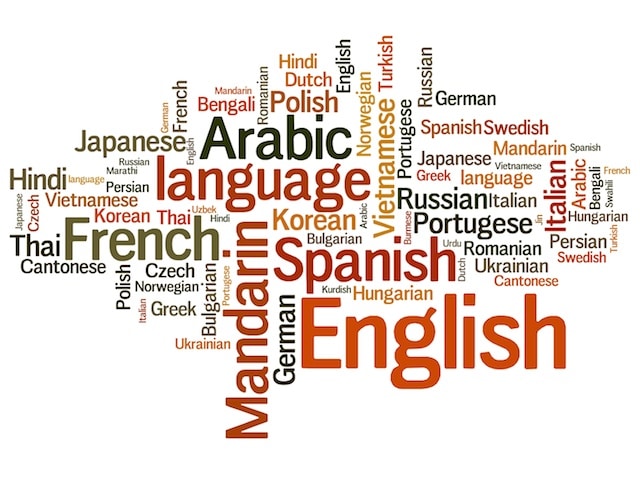Formatting what is it How does it work What are the challenges
With the ongoing boom in the translation business, more words will need to be translated. This also means more documents will need to be formatted. Unfortunately, there are many who believe that a translation project simply involves translating words. Experienced professionals will tell you otherwise. In addition to converting text from one language to another, a translation project also requires good formatting skills.
What is formatting
Formatting a document for translation means successfully replicating how a source document looks. This includes recreating watermarks, inserting borders, superimposing text over images, and reproducing other details. Knowing how to format a document will give a translator a level of professionalism that will catch the attention of clients and project managers.
How does Formatting work
When articles are submitted to translators in the source text, all of the text, graphics, graphs, and so forth are well aligned within the margins. When documents are translated, however, the text length is rarely the same as it was in the source document.
Formatting can be easily adjusted if the documents are comprised mainly of text. However, if the documents have tables, graphics, and charts, things can be quite more complicated. It is recommended to leave enough white space for potentially expanded text. This will save time on the formatting.
The production team at AML-Global is experienced in formatting and proofreading multi-lingual documents of any size and complexity and in using all popular applications such as In Design, Frame Maker, as well as tagged formats like HTML, SGML, XML and ASP.
Challenges in Formatting
The most common issues are represented by:
It is a very common misconception that style does not matter in translation. The rhetorical question How long is a piece of string could equally apply to written languages. No two scripts will express the same idea in the same number of words and characters. As we know French, Italian, and especially Spanish can expand up to 30% than their English sources, while ideographic scripts like Chinese tends to contract. When you translate your technical documents, prepare for expanded or contracted text blocks. Will you add extra pages to your manuals Or shorten the text to fit your current layout It is the responsibility of a language service provider like AML-Global to format the translated output. It is recommended to have a detailed discussion and make sure the language service provider has clear instructions. Technical documents, for example, usually have limited space. This requires the translator to express information in a way which is sufficiently clear, simple and concise, in order to allow the readers to understand the information completely and quickly in their mother tongue while also conveying all the necessary facts.
Text within graphics represents another common challenge in formatting. If there is any text within the graphics files then that text must be extracted, translated, and then re-inserted into the original graphic preserving the look and feel of the source document or website.
American Language Services stands the test of time in providing voice over, translation, interpretation, transcription and media services to private industry, government at all levels, and educational and non-profit organizations. Our thousands of linguists around the world and teams of dedicated professionals are ready to serve.
Call Us Now: 1-800-951-5020 for further information or a quick quotation for your next project.
See more at: http://alsglobal.net/
























